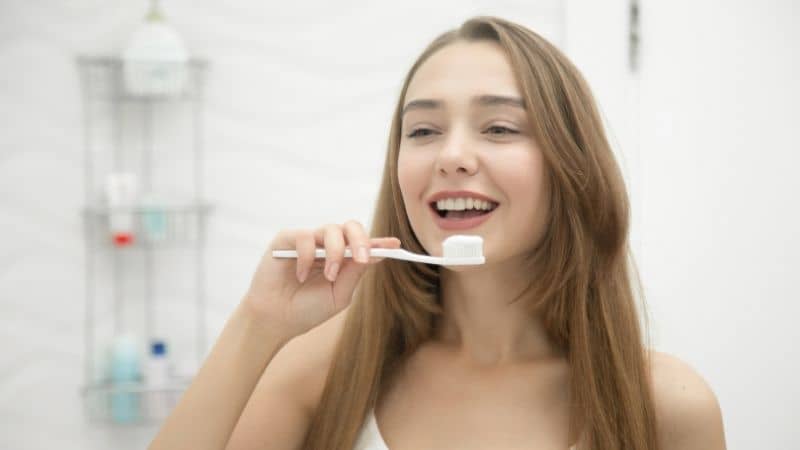Your toothbrush is the foremost step toward an attractive smile. Pick a toothbrush that has gentle bristles and is easy to handle. The comfortable bristles of a toothbrush are softer on your teeth and gums. Choose a toothbrush with a design that allows you to touch every section of your mouth.
Brushing the teeth eliminates food particles as well as plaque. Plaque is a colorless, adhesive mixture of bacteria and sugars. It forms a slim layer on our teeth, and if not cleaned, the germ can induce cavities and gum disorder. In less than 48 hours, plaque on the teeth toughens into tartar.
Tartar can lead to gum disorder and, in several circumstances, tooth loss. You would not be able to extract tartar with your toothbrush after it has hardened; only your dentist will be capable of doing so.
Steps to Brushing Teeth
Do you know how to brush? When your children brush their teeth, how long do they brush for? Brushing for two to three minutes is the target. While elders can do it properly, kids need proper attention in this matter.
And if your children are like others, they'll try to speed up the procedure. Or, if they actually clean their teeth for two-three minutes, they don't use that time carefully.
Brushing your teeth correctly is important for better oral health, so follow and teach these guidelines to your children to brush the teeth correctly.
1. Use a fluoride toothpaste
The majority of dentists will advise you to use fluoride toothpaste. Fluoride is beneficial because it interacts with saliva. Saliva defends the teeth by coating them with a film of calcium and phosphate, which are both effective components in enamel.
Fluoride strengthens the protection by combining with these components. That's the equivalent of putting on armor and then putting another suit of armor on top of it. As a result, it's among the most crucial aspects of brushing your teeth.
To ensure that it functions well, you must clean use it every day, and it does provide a layer of security. One thing to remember is that fluoride can never be swallowed. It's not harmful in small doses but is toxic if consumed in large quantities.
2. Get the right toothbrush
Choosing a high-quality toothbrush is necessary to clean your teeth effectively. The toothbrush must have soft bristles that feel gentle on your teeth and assists you in clean your teeth without any discomfort.
3. Brush in circles
You might have learned that brushing in circles is a good idea, but why is that? The foremost objective is to eliminate the plaque and its parts.
Plaque is a bacterial coating, which is a material that serves as a habitat for a variety of bacteria. Saliva, small food particles, sugars, and bacteria are the four key components of plaque.
So, what does this have to do with brushing in small circles? Brushing in flat lines can cause holes in the enamel, which can capture food or other plaque components.
Many of these components are pushed away from your gum line and off your teeth entirely as you brush in circles. Remember that to get the maximum impact, you will have to point the brush away from the gums.
4. Brush the backside of your teeth
Do you brush the backside of your teeth? It's common to overlook but you should also clean the backside of your teeth. Out of sight does not imply out of mind in this situation. Clean your back teeth in a similar manner you clean your front teeth, in circles and far from the gums.
5. Brush your tongue
Brushing your tongue after cleaning your teeth is a great thing. Brushing the ends and top of your mouth is suggested by many dentists as well.
Brushing these places can not only remove microbes and other plaque components, but it can eliminate foul breath problems as well.
6. Floss, use mouthwash, and clean the toothbrush
While not everyone flosses or uses mouthwash to clean their teeth, both can be beneficial. Cleaning your toothbrush, on the other hand, is something you should do every time.
A stinky or stained toothbrush will subject your mouth to many more microbes, so keep it safe and dry at all times. Since you cannot maintain the cleanliness of a toothbrush for a long time, you must replace it about three to four times a year.
Brushing seems to be a simple task, but you should bear in mind the above-mentioned steps to keep your teeth clean and healthy. Flossing and using a mouthwash after brushing is a great idea to keep bacteria and other harmful germs at bay.

